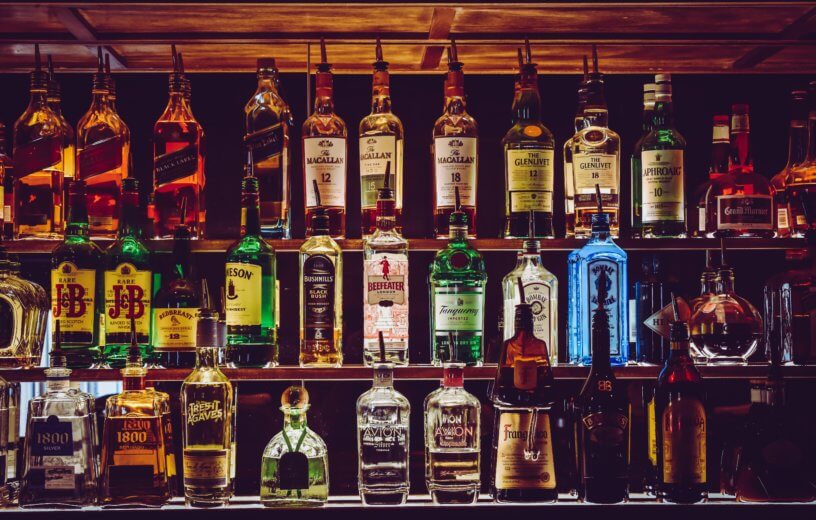PLYMOUTH, England — Most of the time, when one hears about the dangers of drinking alcohol the focus is primarily on what is inside the bottle. However, a new study conducted at the University of Plymouth in the United Kingdom finds that even alcohol bottles themselves may be detrimental to our health.
After analyzing the glass and enamel decorations on a number of clear and colored beer, wine, and liquor bottles widely available in U.K. supermarkets, researchers detected potentially harmful levels of toxic elements, such as lead and cadmium.
In the actual glass, researchers found low but not particularly harmful levels of cadmium, lead, and chromium. However, the enamel revealed much more dangerous levels of cadmium and lead. Cadmium concentrations of up to 20,000 parts per million (ppm) were discovered in the bottle decorations for a wide range of wine, beer, and spirits, and up to 80,000 ppm in various wine bottle decorations. The established safe concentration for these elements is 90 ppm.
“It has always been a surprise to see such high levels of toxic elements in the products we use on a daily basis. This is just another example of that, and further evidence of harmful elements being unnecessarily used where there are alternatives available,” explains study leader Dr. Andrew Turner in a statement.
Furthermore, researchers found that these toxic elements can potentially move from the enamel or glass onto other glass pieces. The study’s authors simulated rainfall in a landfill site, and afterwards several fragments of glass would have been deemed “hazardous” according to the limits set by the U.S. Model Toxics in Packaging Legislation.
“The added potential for these substances to leach into other items during the waste and recycling process is an obvious and additional cause for concern,” says Turner.
Dr. Turner and his team analyzed alcohol bottles purchased from stores between September 2017 and August 2018 using x-ray fluorescence (XRF) spectrometry. The bottles’ colors were either green, clear, frosted, brown, or ultraviolet-absorbing green. As is the case with alcohol bottles, many of the analyzed bottles featured images, patterns, or logos enameled over part of the exterior.
The enamels of 12 out of the 24 enameled products tested were entirely or partially made out of cadmium, lead, or both.
“Governments across the world have clear legislation in place to restrict the use of harmful substances on everyday consumer products. But when we contacted suppliers, many of them said the bottles they use are imported or manufactured in a different country than that producing the beverage. This poses obvious challenges for the glass industry and for glass recycling and is perhaps something that needs to be factored in to future legislation covering this area,” Dr. Turner adds.
The research is published in the scientific journal Environmental Science and Technology.
